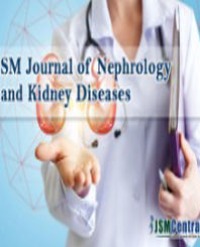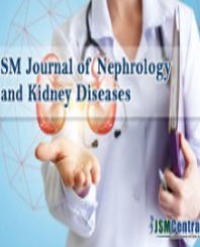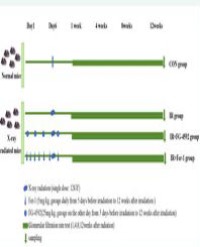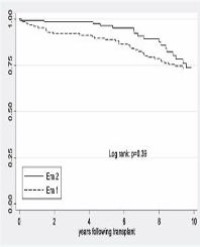
Beyond Percutaneous Nephrolithotomy: Embracing Retrograde Intrarenal Surgery for Large Renal Stones: Prospective Randomized Study
Background: Retrograde intrarenal surgery (RIRS) and percutaneous nephrolithotomy (PCNL) are two common procedures used to treat large renal stones. This work aimed to evaluate the safety and efficacy of flexible ureterorenoscopy with laser lithotripsy (FURSL) in the management of large renal stones in comparison with the gold standard PCNL for the management of large renal stones 25 – 40 mm in size.
Methods: This prospective study was carried out on 100 patients who received RIRS or PCNL for renal stones with sizes ranging from 25 mm to 40 mm. The research was composed of two groups: the PCNL group (n= 50) and the FURSL group (n= 50). with exclusion of cases with anatomical abnormalities, cases with history of previous surgery patient with coagulopathy.
Results: The location of the stone was significantly varied among both groups (P value =0.006). Operative time was significantly higher in Group FURS than Group PCNL (P value <0.001) and hospital stay was significantly lower in Group FURSL than Group PCNL (P value <0.001). Complications (fever, colonic injury, stein Struss, haematuria, and bleeding) were insignificantly variant among both groups. The total number of patients who needed auxiliary procedure like 2nd session of FURSL were significantly higher in Group FURSL than in Group PCNL (P value <0.001). need for ESWL as auxiliary procedures were insignificantly variant among both groups.
Conclusion: Both FURS and PCNL have shown safety and efficacy in managing sizable renal stones. The selection between each technique should be individual according patient factors and urologist preference.
Haitham Mahmoud Shello1*, Mahmoud Gabril2, Abdelaziz Elhendawy2 and Adel Farahat3




